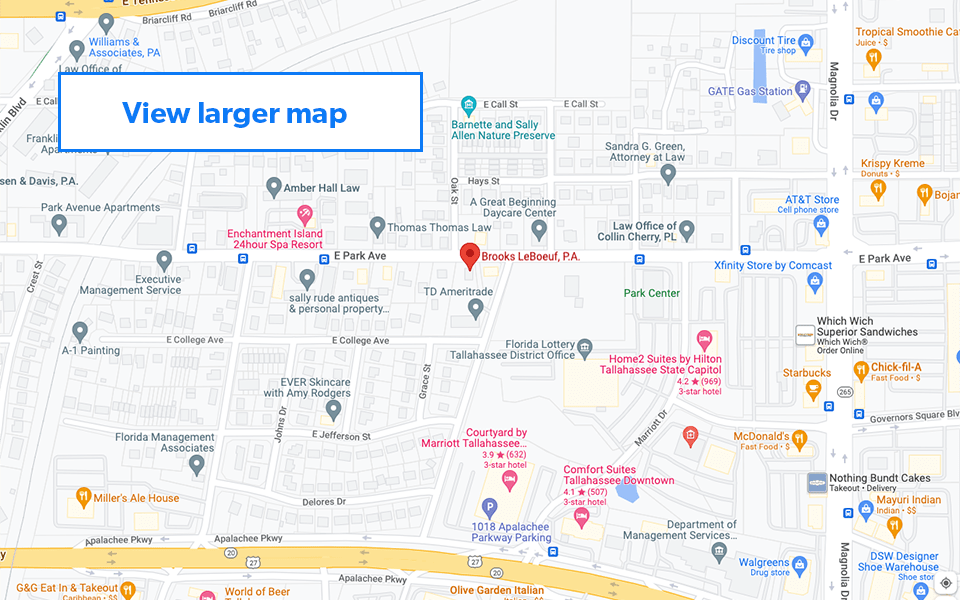There continues to be a growing epidemic of ageism in the American work environment.
It is directed at individuals not because of their gender, potential disabilities, or color of their skin, but due to their perceived age. Unfortunately, this practice can marginalize a critical segment of the population.
Although not a new concept for any of us, many of us are not familiar with what this concept is in practice. According to the World Health Organization, “ageism is the stereotyping, prejudice, and discrimination against people on the basis of their age. Ageism is widespread and an insidious practice which has harmful effects on the health of older adults. For older people, ageism is an everyday challenge. Overlooked for employment, restricted from social services and stereotyped in the media, ageism marginalizes and excludes older people in their communities. Ageism is everywhere, yet it is the most socially “normalized” of any prejudice, and is not widely countered – like racism or sexism.”
A strong understanding of what ageism is can move your workplace culture forward to preventing it. Let us share three tips that you, as an employer, may take to prevent an environment that promotes ageism.
1. There is no set age for ageism.
There is no specific age in which “ageism” occurs although, as you might imagine, it depends on a myriad of factors such as the age, mindset, and workplace culture. While some workplaces may not have any perceived ageism in place, as the employer or human resources manager, you want to take the pulse of your environment to ensure that it is not occurring. For example, there is a trend in which mothers who are age 45 and older in the workplace often feel excluded due to the nature of their home lives.
2. Avoid behavior that could exclude certain individuals.
At work, work should come first. We want to try to ensure though that if we add team building activities that they do not accidentally create an age barrier. For example, outdoor activities or physical challenges could potentially create issues among employees of different ages or abilities.
3. Do not talk down to others about technology.
Technology continues to create an increasing gap between younger and older Americans. This trend occurs in the workplace along with outside of it. As the employer or human resources manager, you may want to take steps to ensure that everyone has the training they need on new workplace technology, policies, or tools. Giving everyone equal footing when it comes to technology, can help avoid potential issues related to ageism.
We know this article may raise more questions than it answers. Whether you are an employer or an employee, do not wait to get your questions answered by our experienced, local legal team. You may reach out to us anytime, day or night, for a free case evaluation.


